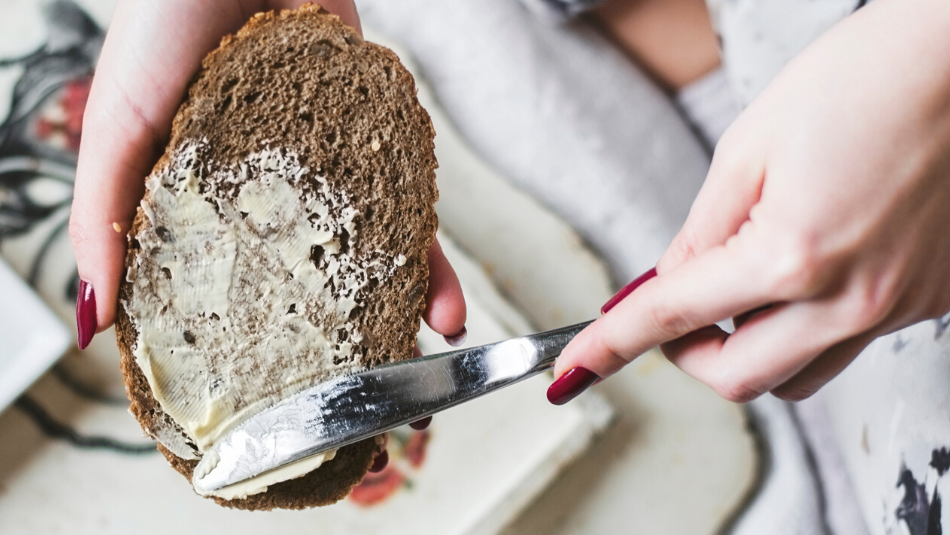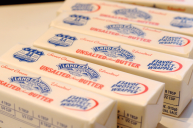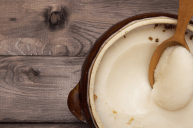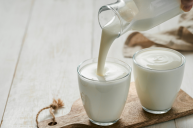You could debate the taste of butter over margarine all day. Some will swear by butter's pure creaminess, while others think margarine is the best way to go. I myself grew up in a butter household and have continued to buy butter for this very reason over the years. However, I have just as many friends that exclusively buy margarine, whether they are vegan or not. So when it comes to margarine vs. butter, though, can you say why you choose the spread you love the most?
Videos by Wide Open Country
Surprisingly, not many know the actual differences between butter and margarine, but that's why we're here to help. You can indeed use them interchangeably, but sometimes, one option is better than other. Let's start with butter.
Butter Vs. Margarine

What is butter?
Butter is an edible fatty substance that is made by churning cream or milk. Not the most delicious-sounding definition, churning butter essentially separates the butterfat, or the solids, from the buttermilk, which is the liquid. We most often buy cow's milk in the grocery store, but you can find other types at the farmer's market, dairies, and specialty grocery stores. Sheep milk, buffalo milk, and goat milk are also churned into butter varieties.
What are the types of butter?
It's important to remember that not all butter is yellow and that color depends solely on the animal's diet. Grass-fed butter has a deep yellow color, while grain-fed butter tends to be lighter and paler, closer to white than yellow. Both salted and unsalted butter are commonly used in cooking and baking. To learn the difference of when to use which type, learn more in our guide here.
If you see a label that reads "whipped butter", this implies that air was added to the butter, making it lighter and easier to spread. Whipped butter, much like other whipped dairy products, is ideal for use on bagels, toast, and other items where the butter isn't cooked down into an ingredient. Interesting to note for health reasons is that whipped butter typically has fewer calories and a lower total fat content than regular butter.
What's in butter?
Butter is made from one singular ingredient typically, and it can be easy to make at home like our ancestors once did. Pasteurized butter, labeled as "sweet cream butter", was first brought to a high temperature to kill bacteria, pathogens, and prevent easy spoiling. Raw butter, or unpasteurized butter, is commercially illegal in the United States but is found in European countries.
Additionally, butter must be at least 80 percent fat to be sold commercially, with the remaining 20 percent made up of milk proteins and water.
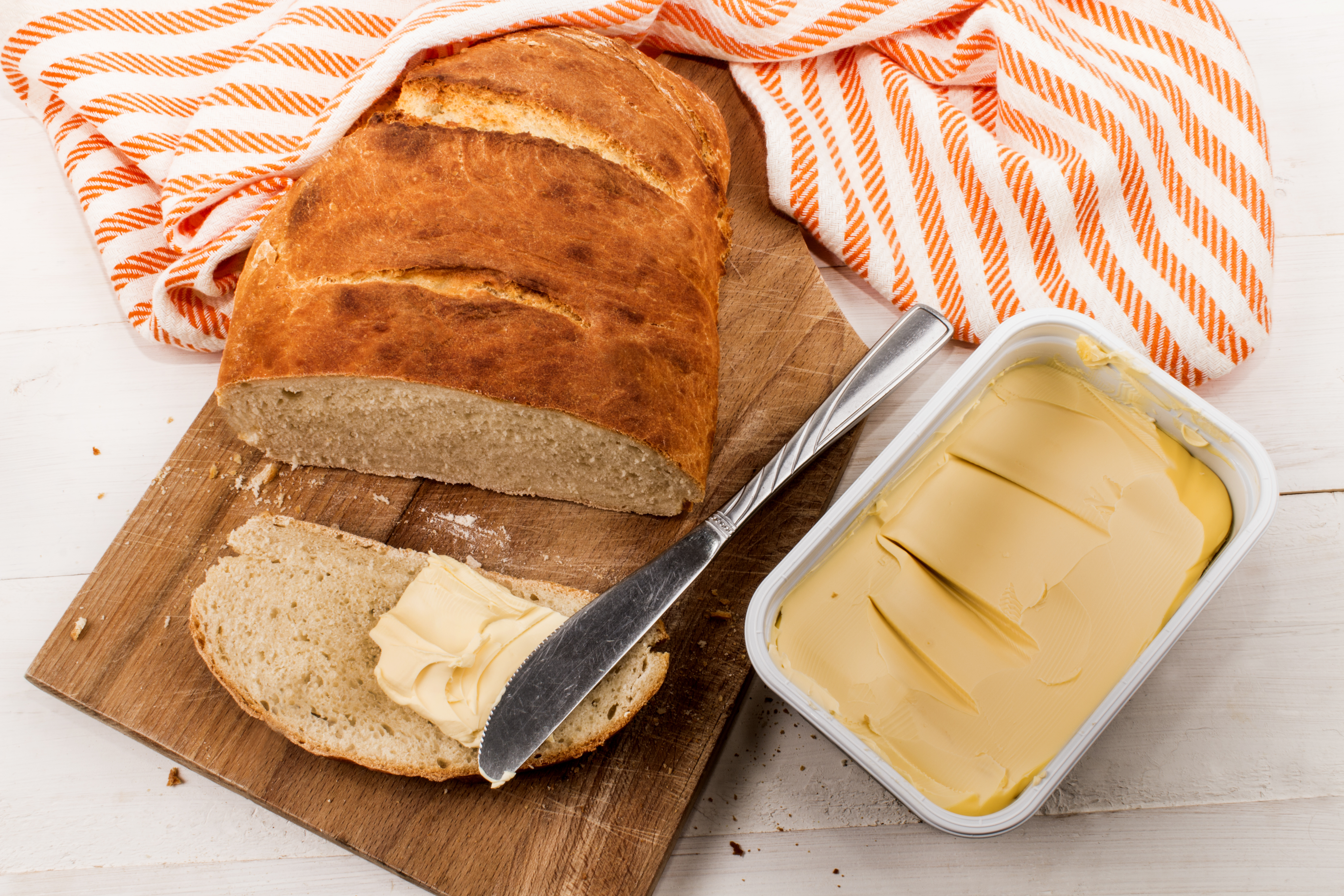
What is margarine?
Margarine is, technically speaking, a butter substitute that is made from animal fats or vegetable oils. It is a non-dairy product that uses emulsifiers to bind salt, water, and vegetable oil together to create a butter-like product. Like its cousin, it can be sold in cartons and sticks. You cannot, unfortunately, make margarine at home.
What are the types of margarine?
Unlike butter, there are multiple types of margarine on the market in the United States. To be sold commercially, margarine must contain at least 80 percent fat content, but it does not specify what type of fat content. In tandem with vegetable oil, many margarine brands will use palm oil to decrease the amount of trans fat in the product.
Butter vs. Margarine
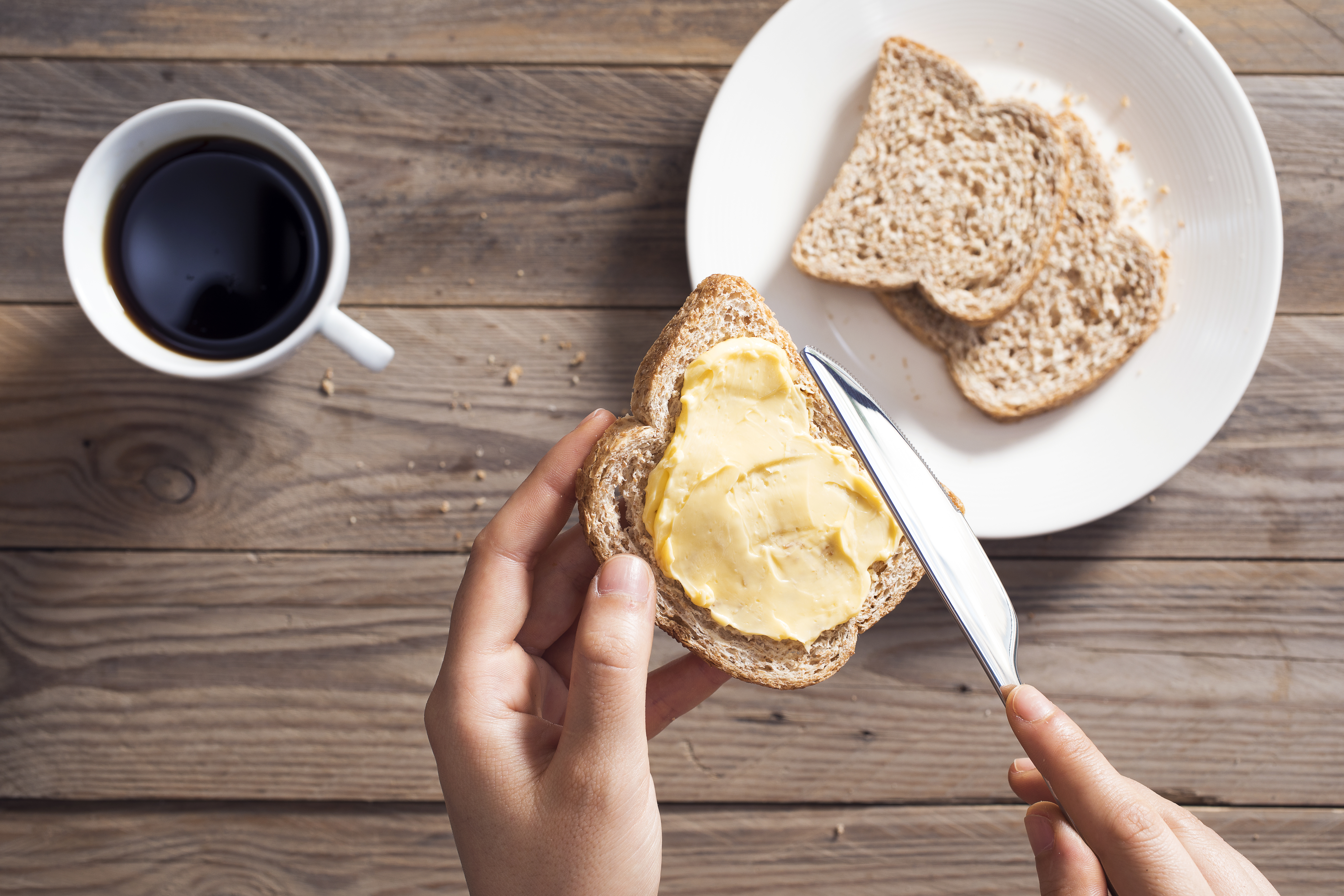
When health is a factor, here are two important comparisons.
- Margarine contains less cholesterol and saturated fat than butter.
- Butter has less polyunsaturated and monounsaturated fats.
When determining which spread is right for you, it's important to decide if the type of fat in butter or margarine is the reason you would switch over. Stick margarine tends to have more trans fat than tub margarine because they contain less water and more emulsifiers, much like whipped butter contains more water than regular, dense butter. For heart health, Katherine Zeratsky, R.D., L.D., wrote for the Mayo Clinic, "If you have high cholesterol, check with your doctor about using spreads that are fortified with plant stanols and sterols, such as Benecol and Promise Activ, which may reduce cholesterol levels."
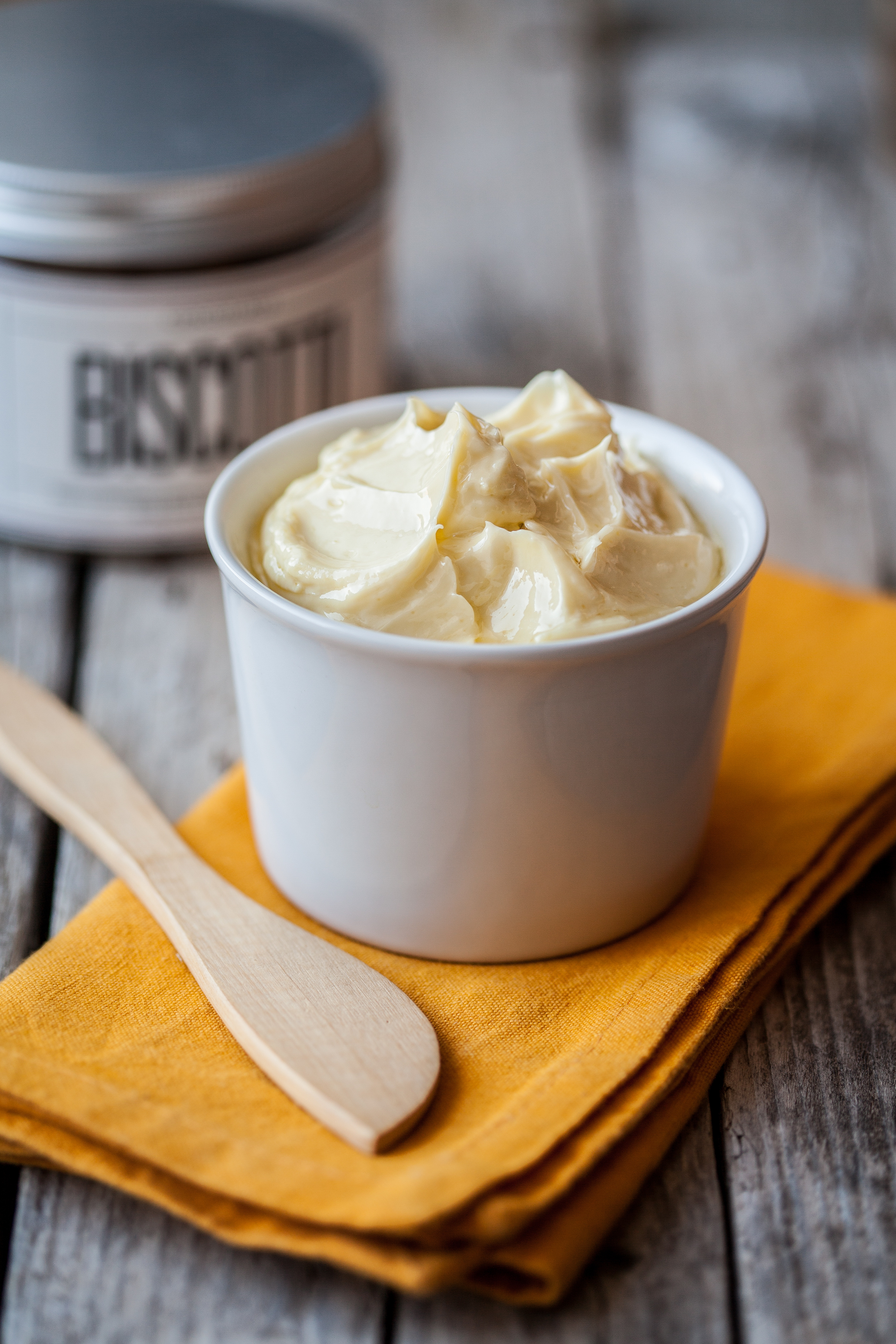
For baked goods, we always recommend using butter, unless it is for a specifically dairy-free recipe since margarine has more water content than butter. Good cholesterol or bad cholesterol aside, sometimes it's important to get the recipe right if there are no major dietary restrictions.
If dietary restrictions and health benefits are a concern, and the main reason why you want to learn more about the butter-vs-margarine debate, consider sticking to alternative olive oil or vegetable oil-based spreads, per Harvard Health Publishing. Many believe that margarine increases bad cholesterol, LDL, instead of good cholesterol.
In the end, most doctors suggest using margarine vs. butter sparingly and making small alterations to daily life. For instance, dip your bread in olive oil instead of smearing it with butter or margarine. Stick with healthy fats, much like the Mediterranean diet, and your body will thank you.
